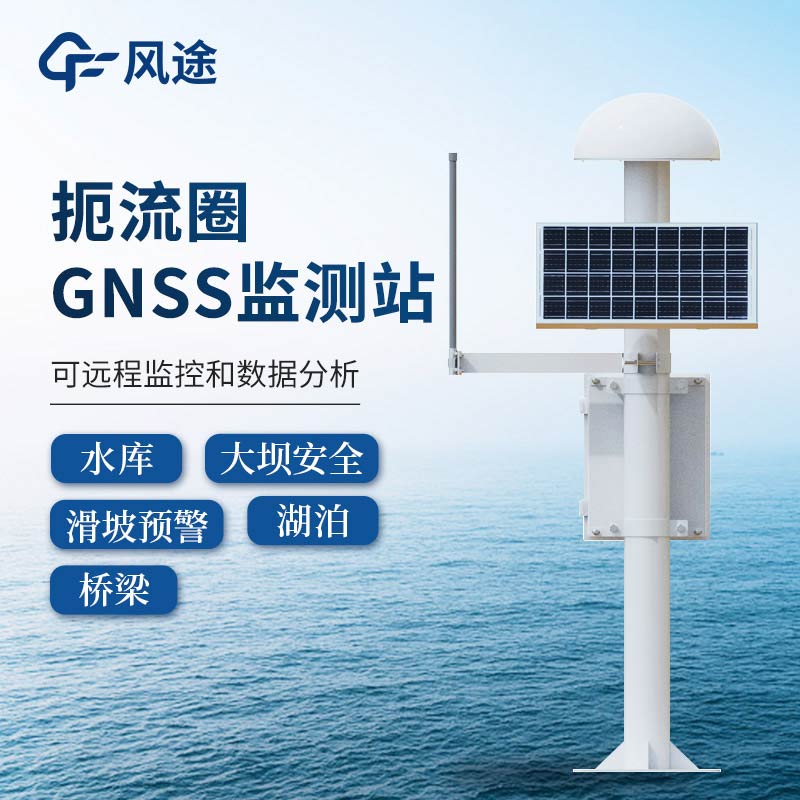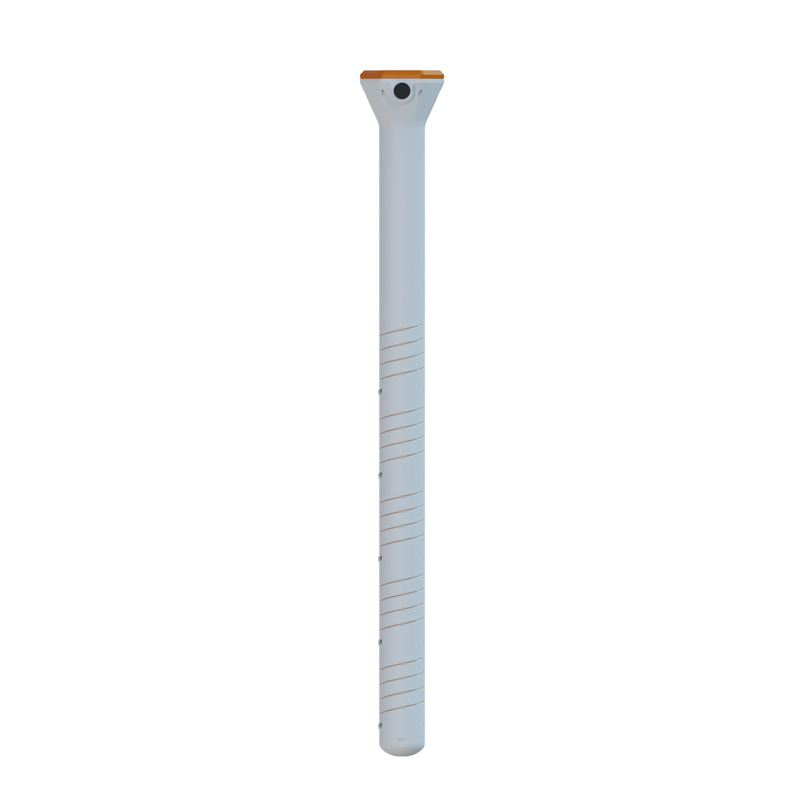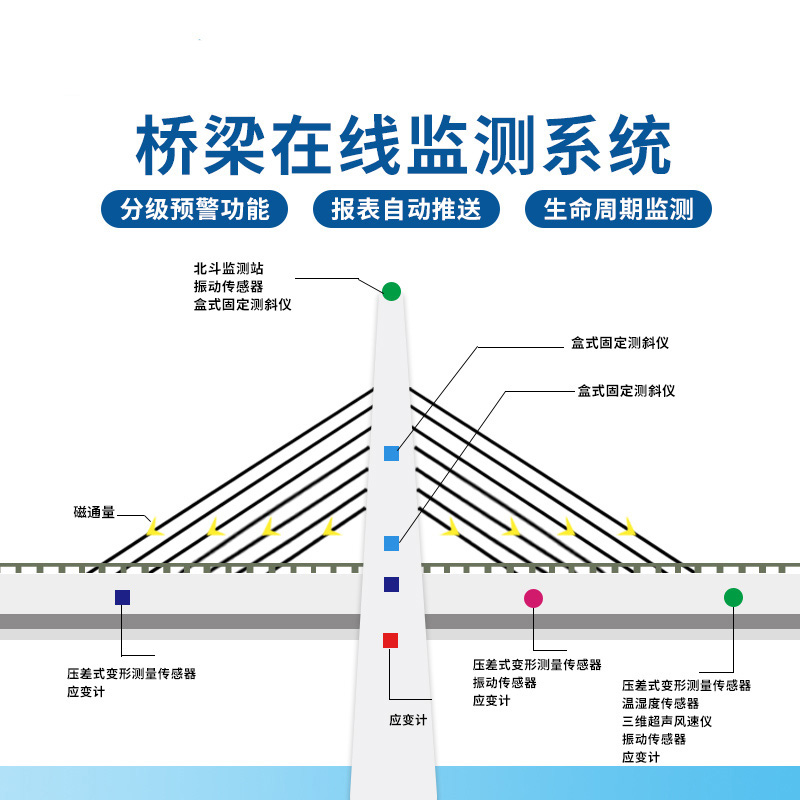Debris flow is a serious geological disaster that mostly occurs in the valleys or slopes of mountainous areas. It is a phenomenon in which under the triggering of water sources such as precipitation, dam breakage, or melting of ice and snow, the loose solid materials accumulated on the mountain slopes generate a special torrent. The formation of debris flow usually requires three basic conditions, namely, a steep terrain, abundant loose solid materials, and a large amount of water sources. It is characterized by suddenness, high flow velocity, large flow volume, large material capacity, and strong destructive power. It often causes huge damage to the lives and property of the local people, infrastructure, and the ecological environment, bringing about long-term adverse effects. In extreme cases, it can even cause devastating damage to human living conditions and the natural environment.
For this kind of geological disaster like debris flow, we need to do a good job in daily monitoring, especially during the rainy season. The GNSS monitoring station is one of the effective monitoring means. By receiving the signals of the Global Navigation Satellite System, the GNSS monitoring station can monitor the displacement and deformation of the earth's surface in real time and with high precision, with the accuracy reaching the millimeter level, providing scientific data for the early warning and prevention of geological disasters.
FT-WY1 is a recently launched GNSS monitoring station. It adopts the multi-system and multi-frequency point fusion technology and supports signals such as BEIDOU B1/B2/B3, GPS L1/L2/L5, GLONASS G1/G2, GALILEO E1/E5a/E5b, etc. With the self-developed high-precision adjustment and calculation software, it can achieve high-precision positioning. It also integrates inclination and acceleration modules, which can assist in detecting sudden changes in displacement data and drive the adaptive adjustment of the observation working mode. Based on chip-level independent development, it has low power consumption, making it suitable for continuous operation in the wild. It supports multiple data communication transmission modes and communication protocols.

This paper addresses:https://fengtusz.com/industry/722.html









